Sodium Persulphate (Na₂S₂O₈) is a white crystalline powder that is highly soluble in water. It is a strong oxidizing agent, often used in various industrial and chemical applications. Sodium Persulphate is commonly used in polymerization reactions, cleaning products, and water treatment processes due to its ability to release oxygen and act as a powerful oxidant. It is particularly useful for applications that require oxidation, such as bleaching, disinfecting, and degradation of organic materials.
Applications of Sodium Persulphate
1. Polymerization Initiator:
Sodium Persulphate is primarily used as an initiator in the polymerization of various monomers to form synthetic polymers. It is used in the production of polystyrene, polyacrylamide, and other synthetic polymers. Its strong oxidizing properties help break down the monomers to initiate the polymerization process, resulting in the formation of large polymer chains.
2. Cleaning and Bleaching Agent:
- Bleaching: Sodium Persulphate is used as a bleaching agent in textiles and paper industries. It helps to whiten and remove stains from fabrics and paper products by breaking down the organic compounds causing discoloration.
- Surface Cleaning: It is used in industrial cleaning applications to remove organic contaminants, grease, and oils from surfaces, particularly in the electronics and manufacturing industries.
3. Water Treatment:
Sodium Persulphate is widely used in water treatment processes for the removal of organic impurities, contaminants, and pollutants. It is particularly effective for treating wastewater and purifying water in industrial processes, as it helps break down organic matter and neutralizes harmful chemicals.
4. Disinfectant and Sterilization:
Due to its oxidizing properties, Sodium Persulphate is used in disinfection and sterilization applications, particularly in the food industry and healthcare. It is effective against bacteria, fungi, and viruses, making it a key ingredient in cleaning and sanitizing solutions for medical devices, surfaces, and equipment.
5. Surface Treatment:
- Metal Cleaning and Treatment: Sodium Persulphate is used to clean and passivate metal surfaces, particularly in the automotive and aerospace industries. It helps remove oxide layers, contaminants, and scale from metal parts, preparing them for further treatment or coating.
- Plastic and Rubber Processing: In the manufacturing of plastic and rubber products, Sodium Persulphate is used as an initiator for crosslinking and vulcanization processes, ensuring proper product integrity and durability.
6. Analytical Chemistry:
In analytical laboratories, Sodium Persulphate is used as an oxidizing agent in the preparation of samples for chemical analysis. It is also used in the digestion of complex materials, particularly in the analysis of metals and other elements in environmental samples.
7. Cosmetics and Personal Care Products:
In small concentrations, Sodium Persulphate is sometimes used in cosmetics and personal care products as a disinfectant or an ingredient in products that require oxidation for stabilization, such as hair color products.
Safety and Handling of Sodium Persulphate
Hazards:
Sodium Persulphate is a strong oxidizing agent and can pose several health risks if not handled properly. It can cause irritation to the skin, eyes, and respiratory system. Inhalation of dust or fumes can lead to respiratory irritation, and contact with skin or eyes can cause burns or irritation. It is also harmful if ingested.
Precautions:
- Personal Protective Equipment (PPE):
- Gloves: Always wear gloves when handling Sodium Persulphate to avoid skin irritation or chemical burns.
- Eye Protection: Wear safety goggles or face protection to prevent eye contact with the powder or solutions.
- Respiratory Protection: In areas where dust or fumes may be generated, use appropriate respiratory protection, such as a dust mask or a respirator.
- Protective Clothing: Wear lab coats or protective clothing to prevent skin exposure.
- Storage:
- Store in a Cool, Dry Place: Sodium Persulphate should be stored in a cool, dry area, away from heat sources and moisture, as it can decompose when exposed to high temperatures or humidity.
- Keep Containers Sealed: Store in tightly sealed containers to prevent contact with air and moisture, which may lead to decomposition.
- Avoid Contact with Flammable Materials: As an oxidizing agent, Sodium Persulphate should be kept away from flammable substances, reducing the risk of combustion or fire.
- Handling:
- Avoid Dust Generation: Handle Sodium Persulphate carefully to avoid generating dust. Use it in a well-ventilated area or under a fume hood to reduce exposure.
- Prevent Spills: In case of spills, clean up the material promptly, and dispose of it according to local regulations. Avoid allowing Sodium Persulphate to mix with organic materials or reducing agents.
First Aid Measures:
- Inhalation: If inhaled, move the person to fresh air immediately. If symptoms persist, seek medical attention.
- Skin Contact: In case of skin contact, immediately flush the affected area with plenty of water. If irritation persists, seek medical attention.
- Eye Contact: If the substance comes into contact with eyes, immediately rinse with water for 15-20 minutes and seek medical attention.
- Ingestion: If swallowed, rinse the mouth with water and do not induce vomiting. Seek immediate medical attention for further treatment.
Disposal:
- Chemical Disposal: Sodium Persulphate must be disposed of in accordance with local, state, and federal regulations. It should not be poured into water sources or sewage systems.
- Waste Treatment: Neutralize any remaining Sodium Persulphate with a reducing agent before disposal, following proper hazardous waste disposal procedures.

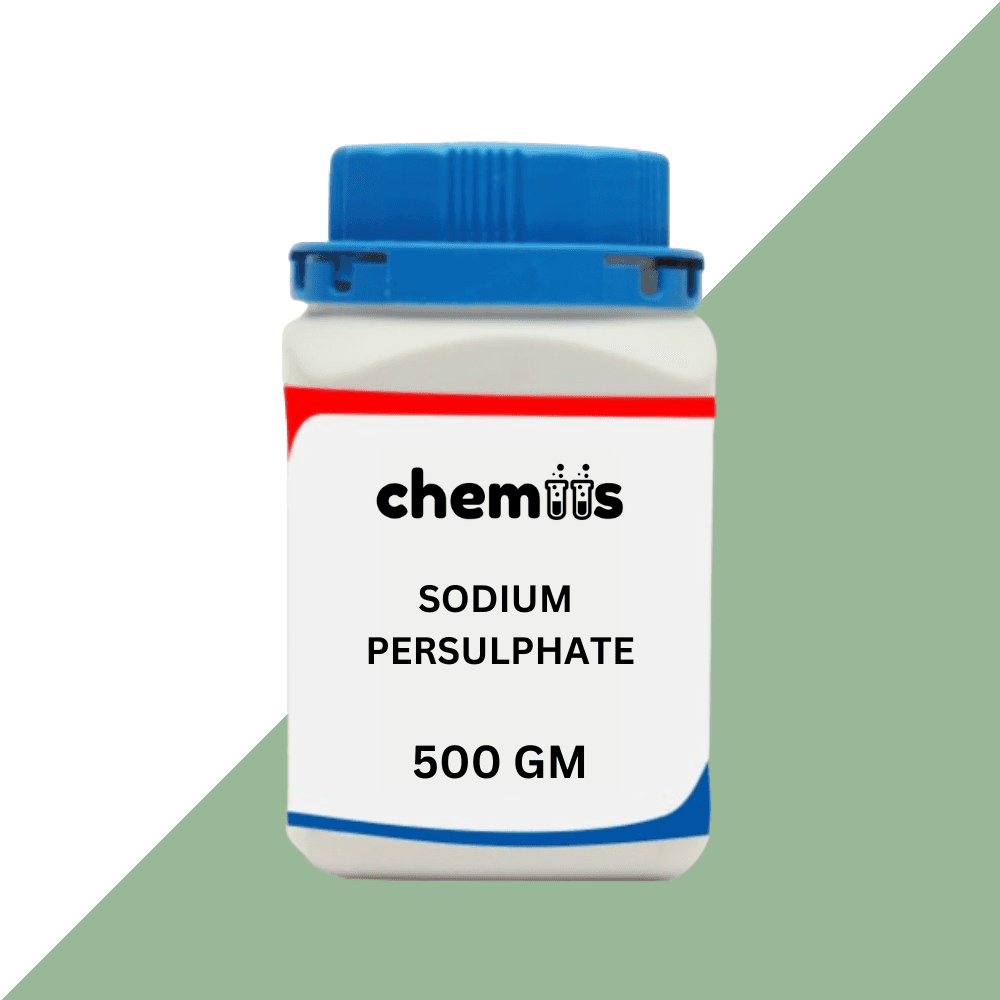
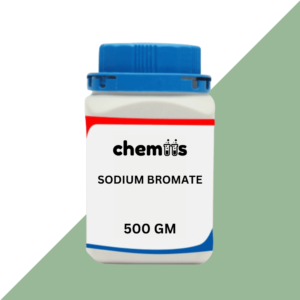
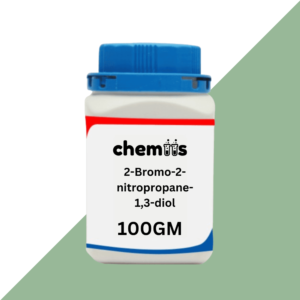
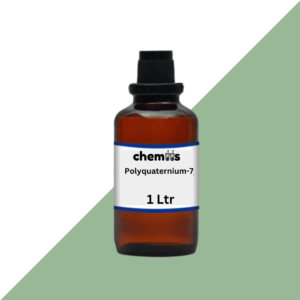

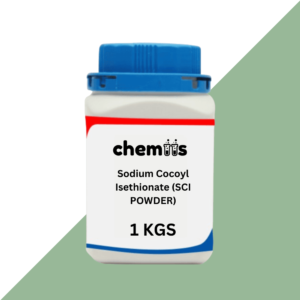
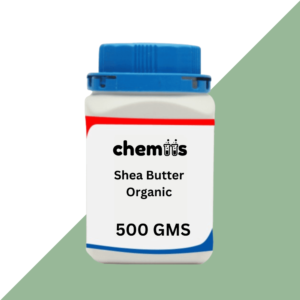
Reviews
There are no reviews yet.